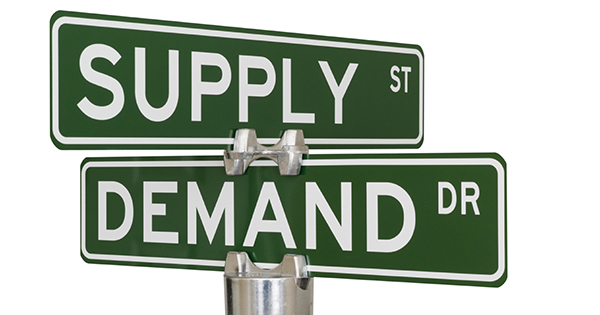
In every area of human enterprise, there’s a big picture and a little picture, the macro and the micro.
The macro looks at things through a wide-angle lens and the micro looks at them through a narrow-focus lens.
This is also true in economics and its two branches, macroeconomics and microeconomics.
Macroeconomics studies large-scale phenomena in the national economy, and even in global economies, because they’re interrelated.
These would include central bank interest rates, national employment numbers, gross national product figures, trade deficits or surpluses, foreign currency exchange rates, and other major economic activity and data.
By contrast, microeconomics studies a limited, smaller area of economics, including the actions of individual consumers and businesses, and the process by which both make their economic decisions – buying, selling, the prices businesses charge for their goods and services and how much of these goods and services they produce and or offer.
Microeconomic study reveals how start-up businesses have determined the competitively successful or unsuccessful pricing of their goods and services based on consumer needs and choices, market competition and other financial and economic formulas.
Microeconomics also studies supply-demand ratios and its effect on consumer spending and business decision-making.
At the heart of consumer purchasing is the concept of utility, a classic economic idea.
Utility is the term applied to a consumer’s satisfaction after the purchase of some product or service.
Because a consumer’s feeling of satisfaction may be impossible to precisely quantify in actual numbers, the concept may seem impractical.
But a reasonably close approximation is useful to businesses, and may also be useful to the individual consumer who can probably measure that feeling of satisfaction with a “gut” reaction.









